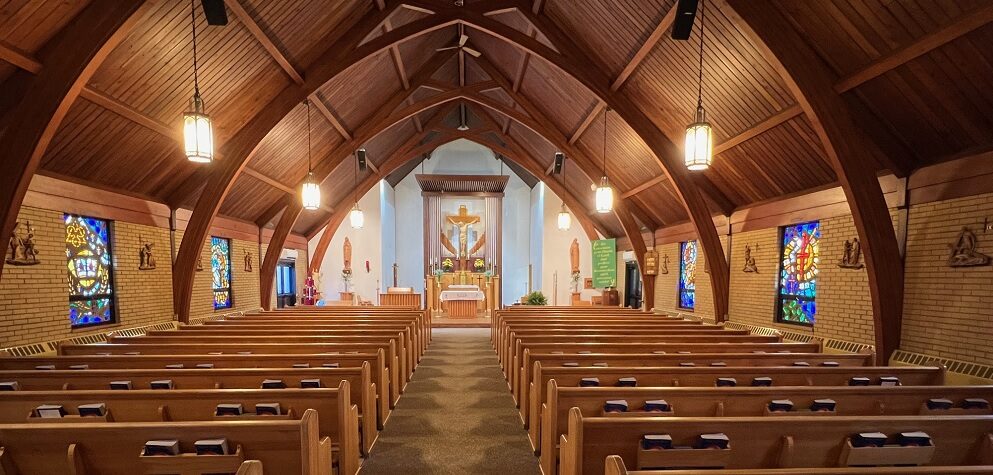The Blessed Virgin Mary holds a very special place in the Catholic Church. She is the mother of Jesus Christ, the Savior, and plays a unique role in God’s plan for salvation. Catholics honor her as the Mother of God because Jesus, who is fully God and fully human, and came into the world through her.
Mary’s role is essential to understanding the story of Jesus and the Church. By saying “yes” to God at the Annunciation, she opened her heart to God’s plan. Through her obedience, she allowed God’s love to enter the world in a powerful way. Her willingness to trust God, even without knowing what her future would bring, makes her an example of faith and courage.
“Mary is held up as an example to the faithful for the way in which in her own particular life she fully and responsibly accepted the word of God and did it…. She is worthy of imitation because she was the first and most perfect of Christ’s disciples.” ―Pope Saint Paul VI
St. Thomas Aquinas on Mary, Full of Grace (1:50)
Mary As Mother of the Church
At the beginning of the third session of the Second Vatican Council, Pope Paul VI announced that Mary would be honored under the title “Mother of the Church.” From Christ’s conception until his death, Mary was united to her Son in his work of salvation. From the Cross, Jesus entrusted his beloved disciple to Mary, telling him to see her as his own mother (Jn 19:27).
When the Apostles and disciples gathered to pray after the Ascension of Jesus, Mary was with them praying for the coming of the Holy Spirit. Mary continues to pray before God for the Church and all humanity.
Prayer to the Immaculate Heart of Mary
O Most Blessed Mother, heart of love, heart of mercy, ever listening, caring, consoling, hear our prayer. As your children, we implore your intercession with Jesus your Son. Receive with understanding and compassion the petitions we place before your today, especially (state your petitions). We are comforted in knowing your heart is ever open to those who ask for your prayer. We trust to your gentle care and intercession, those whom we love and who are sick or lonely or hurting. Help all of us, Holy Mother, to bear our burdens in this life until we may share eternal life and peace with God forever. Amen.
